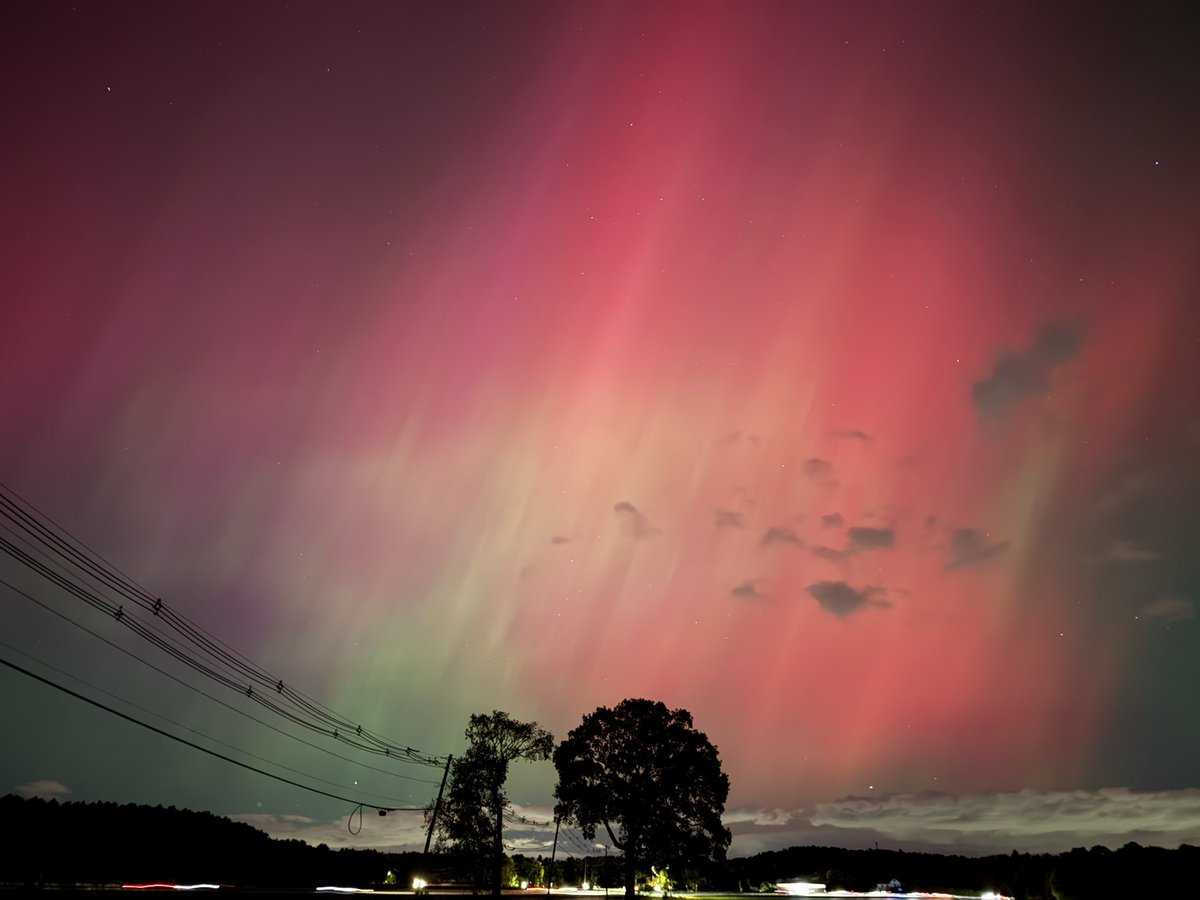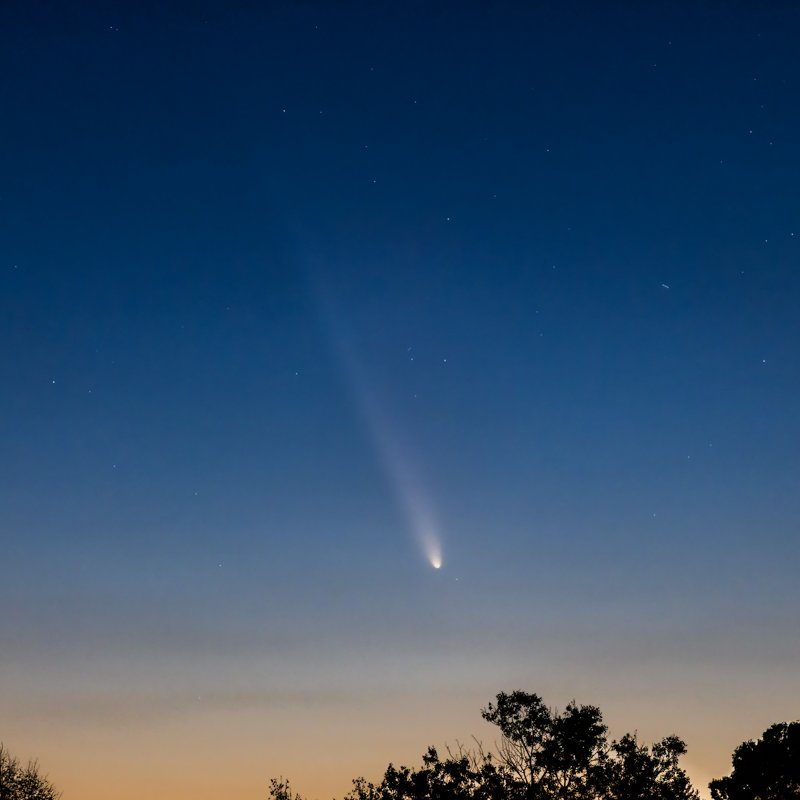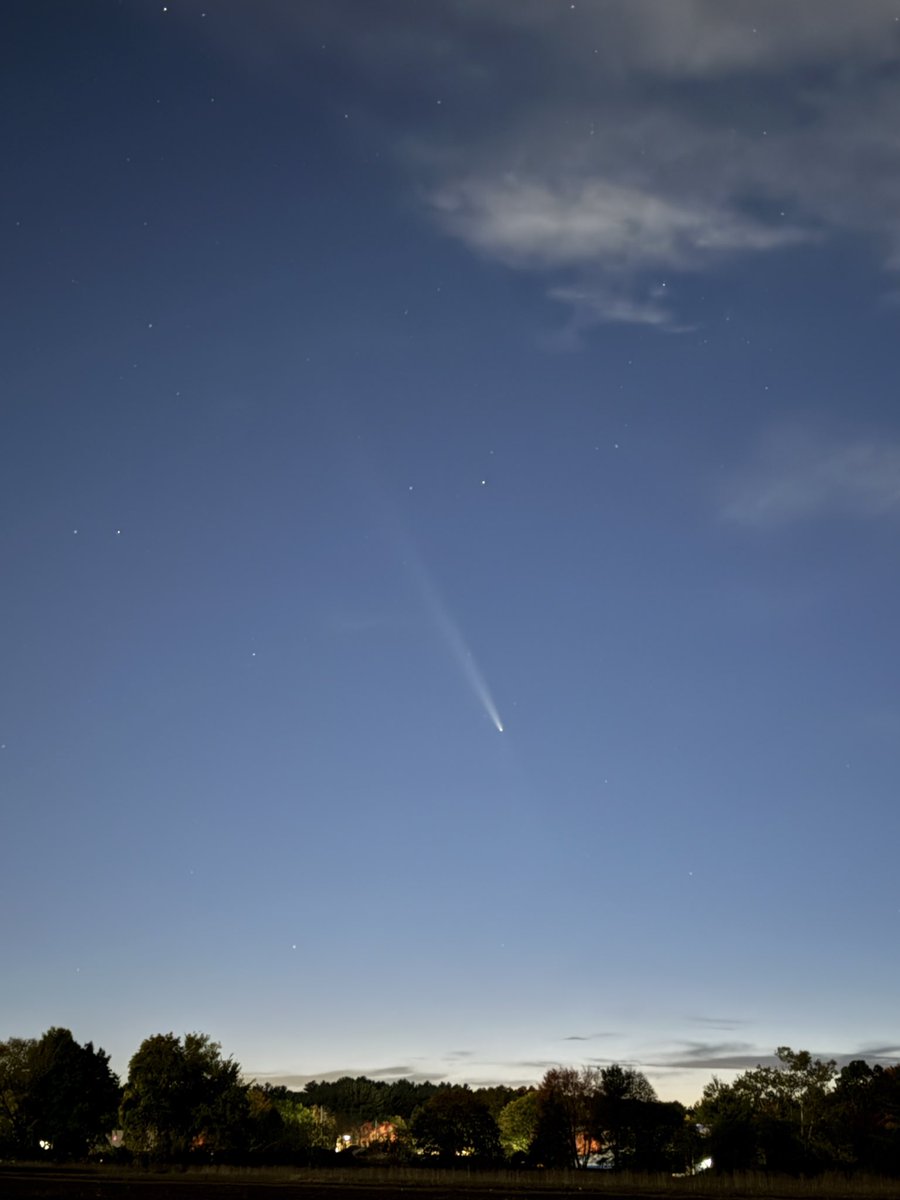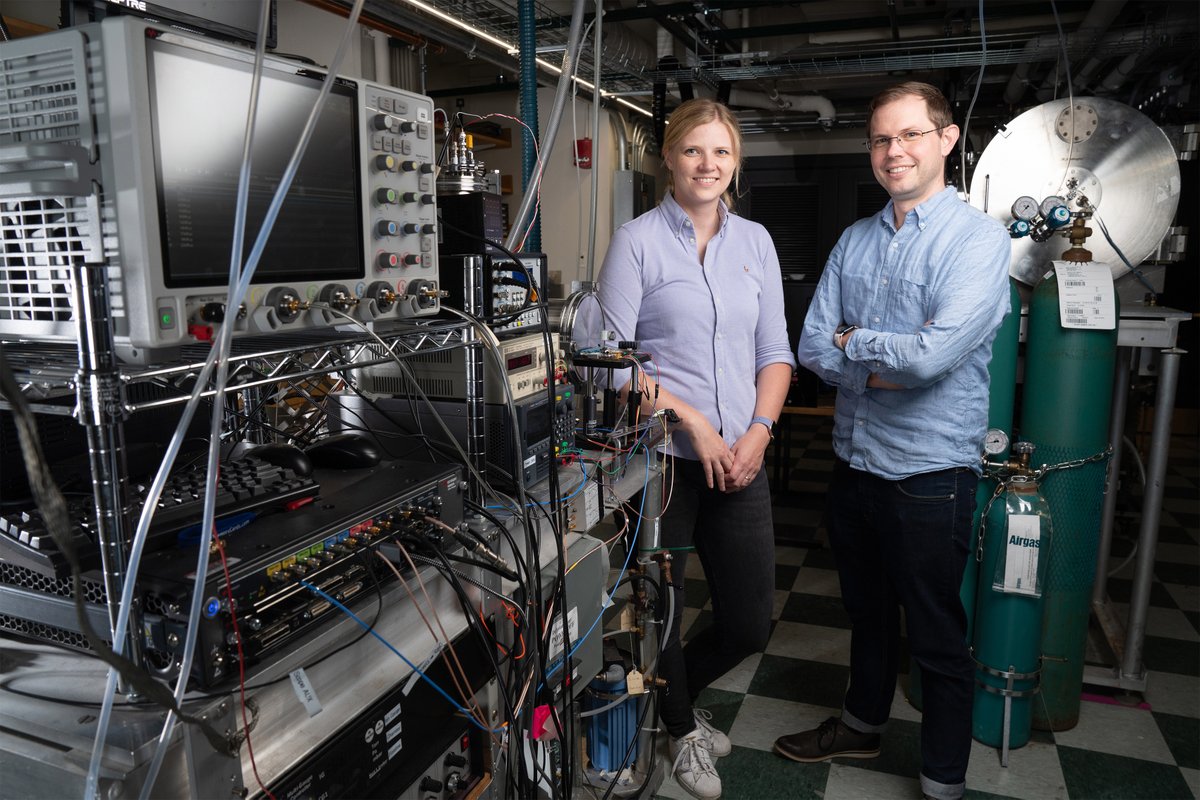
Brett A. McGuire
@astrochembrett
Asst Prof of Chemistry @MIT. Professional astrochemist, spectroscopist, radio astronomer. Amateur photographer, dungeon master, cook, jogger. He/him/his.
ID: 1025407338671472640
http://mcguirelab.mit.edu 03-08-2018 15:45:35
1,1K Tweet
1,1K Takipçi
220 Takip Edilen





Since your DPR reviewers *clearly* are incapable of following instructions to not judge proposals on the time request, ALMA Observatory📡, this information should be redacted and only sensitivities, etc. should be provided to reviewers.



Wait a second - that's Will Armentrout and Andrew Burkhardt together in one photo!









PAHs are aromatic molecules consisting of multiple adjacent benzene rings. Gabi Wenzel (Gabi Wenzel) et al. use radio astronomy to detect the 4-ring PAH cyanopyrene in the interstellar medium, and discuss the life-cycle of PAHs in space. #astrochemistry science.org/doi/10.1126/sc…
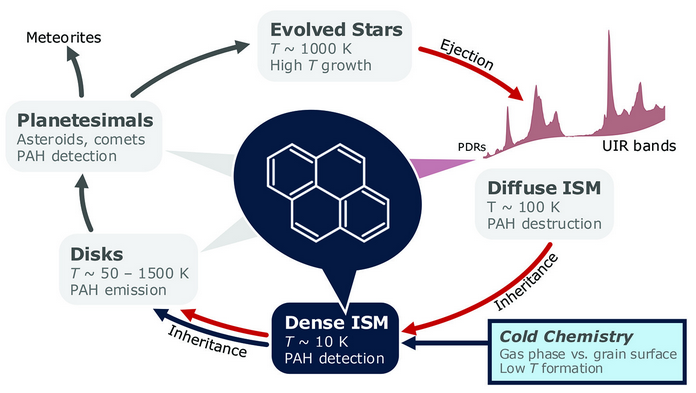

An asteroid has led to the discovery of the largest molecule detected by #radioastronomy & the 3rd largest identified in space. Assistant Professor Ilsa Cooke (UBC Chemistry) & Brett A. McGuire (Massachusetts Institute of Technology (MIT)) co-authored this discovery. 🔗chem.ubc.ca/new-space-mole…
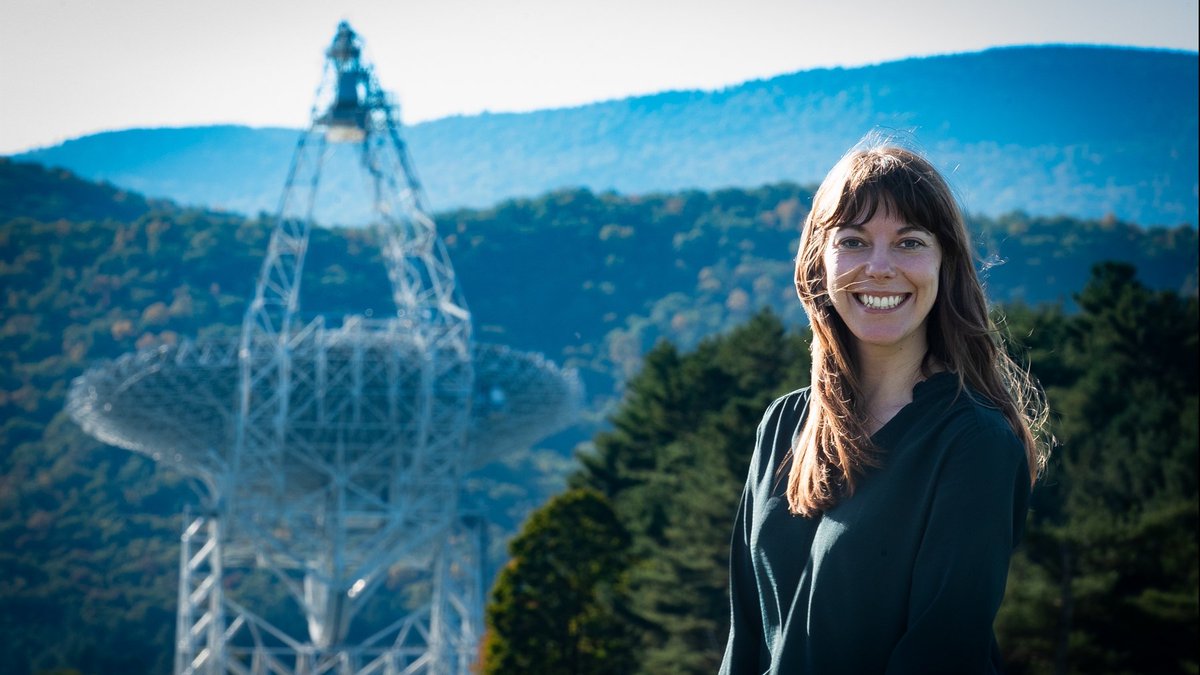
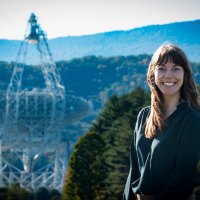
Our detection of 1-cyanopyrene is published today in Science Magazine !


